
For the coexistence of enrichment and the environment
Canon is carrying out environmental assurance activities throughout the entire product lifecycle
What is the Lifecycle Assessment methodology?
This is a method of quantitative evaluation of input resources, environmental impact and their latent environmental influence on the earth and ecological system throughout the entire product lifecycle from material procurement through production, distribution, use/maintenance and disposal/recycling.


Canon’s LCA
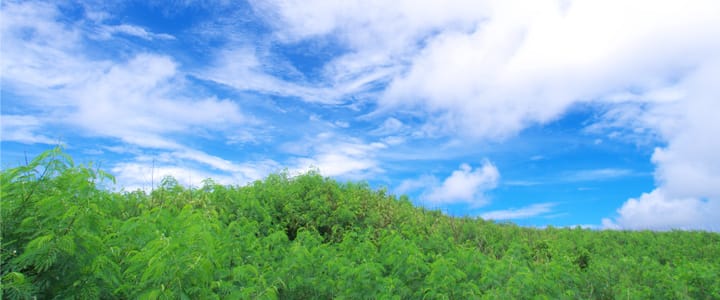
Canon’s environmental initiatives are not limited to its manufacturing processes, but undertaken over the entire product lifecycle. Lifecycle assessment (LCA) methodology has been introduced in the product development stage to help reduce environmental impacts throughout the product lifecycle. Canon has established an LCA development management system that can centrally manage all processes from product development to information disclosure. This system ensures that CO2 emissions can be calculated from the development and design stages, which we use when manufacturing products as we move toward our environmental goals.

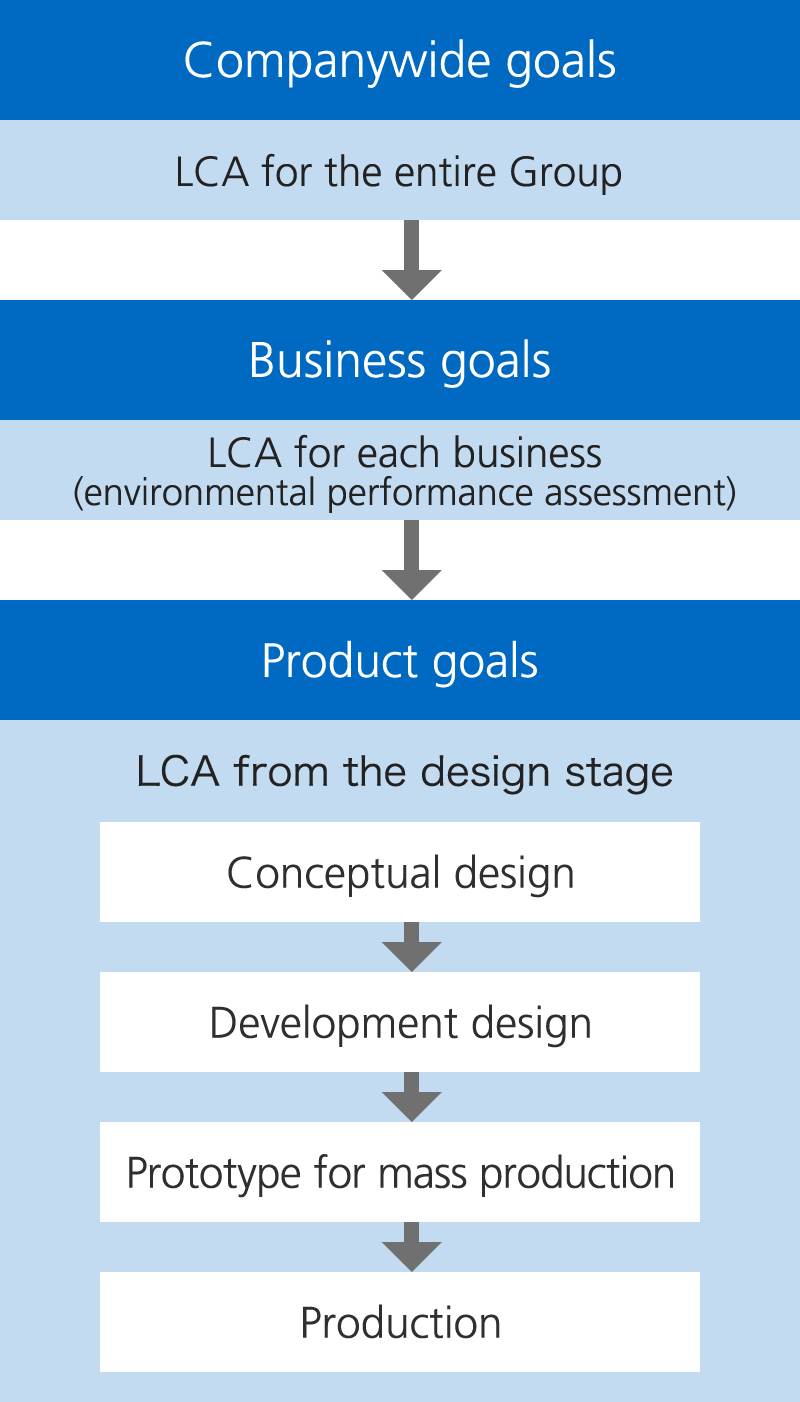
Flow Chart of Environmentally Conscious Design Using LCA Methodology
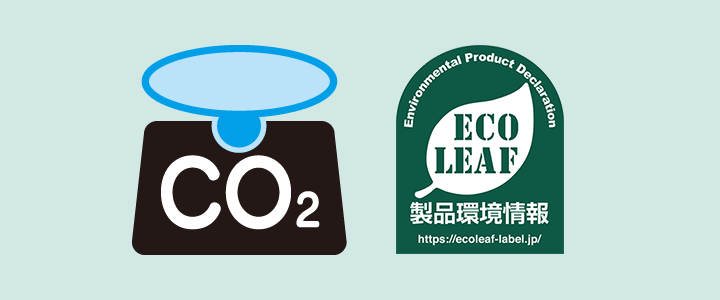
Canon has conducted environmental label registration by using the “EcoLeaf Environmental Labeling Program” managed by the SuMPO (Sustainable Management Promotion Organization).
The purpose of the EcoLeaf Environmental Labeling Program is to quantitatively show the environmental information of products through whole lifecycle stages from the extraction of resources to disposal and recycling. The evaluation items of this program are the influence of each stage of the life cycle on greenhouse gas emission, energy resource consumption, mineral resource consumption and acidification.
Canon uses the Carbon Footprint of Products (CFP*1) certification system to disclose the single environmental influence index (“single criterion”) for global warming purpose only, or “EcoLeaf*2” that enables disclosure of several environmental influence indexes (multi criteria) including global warming purpose, depending on the purpose of disclosure. Canon also evaluates the environmental influence of replacement of consumable items (toner, etc.) and maintenance parts in assumed periods of use, according to the PCR (product category rule) prescribed for each product category.
 CFP
CFP EcoLeaf
EcoLeaf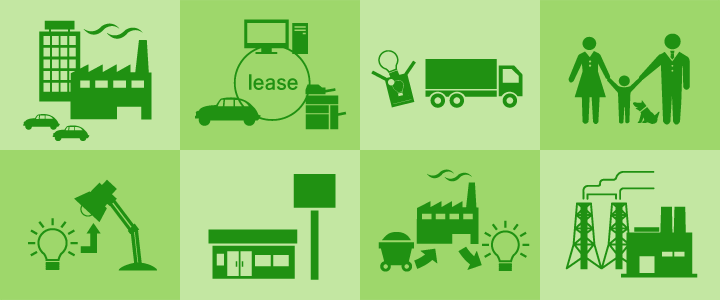
We could produce and supply our products to the market by collaboration of many people, including suppliers of raw material and parts, transporters of materials, parts and products, resellers and distributors, etc., as well as manufacturing activities. All these activities have an influence on the environment, and the environmental impact continues during customers’ use of the products, right down to the recycling or disposal of the products after use. To ascertain such environmental impact in the entire supply chain through the product lifecycle, Canon has evaluated GHG* Scope 3 based on the 2014 track record, and expanded third-party assurance of Scope 3 GHG emissions to all categories in 2017 (Canon also evaluates *1 and *2 in the figure below).



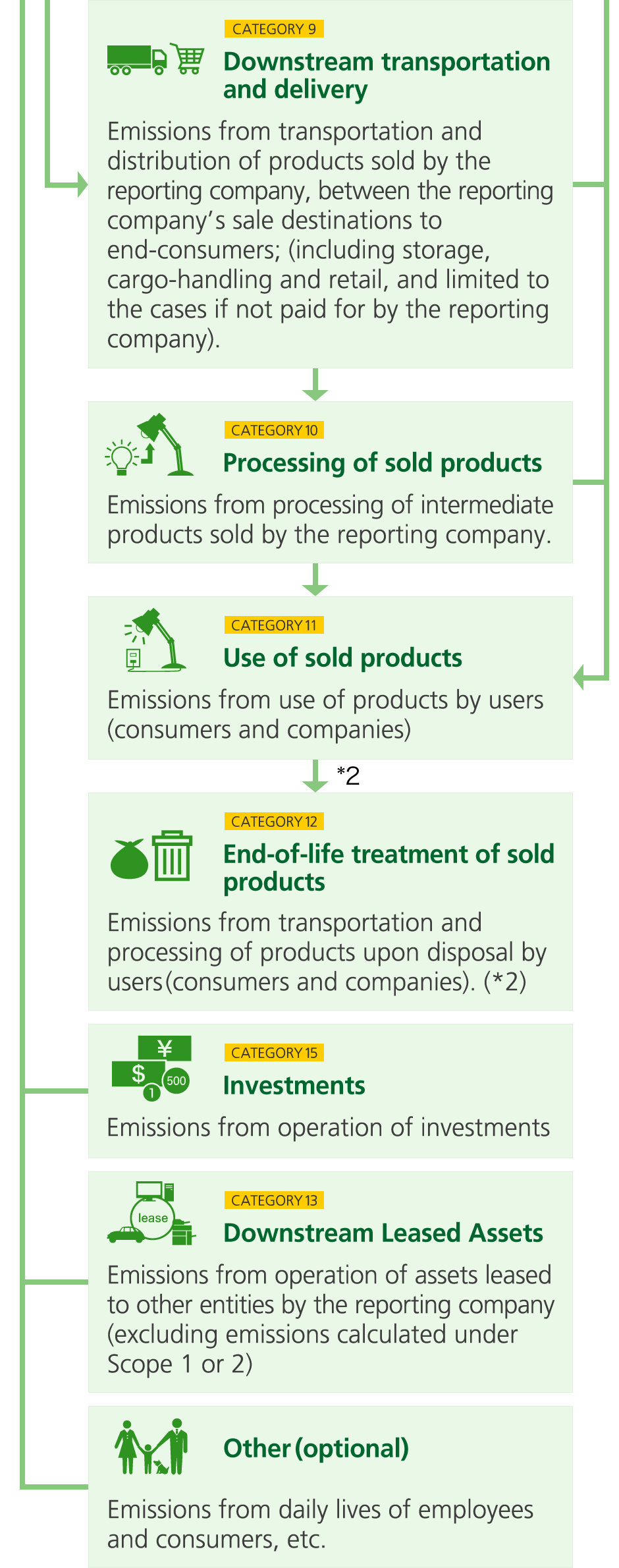
Scope 3 emissions are subdivided into 15 categories, in line with the Scope 3 Standard of the GHG Protocol, and “Other” as a Japan-specific category in the Basic Guidelines designed by the Ministry of the Environment and the Ministry of Economy, Trade and Industry. Meanwhile, greenhouse gas subject to accounting are carbon dioxide (CO2), methane (CH4), nitrous oxide (N2O), hydrofluorocarbons (HFCs), perfluorocarbons (PFCs), sulfur hexafluoride (SF6) and nitrogen trifluoride (NF3). In this brochure, “CO2” indicates GHG volume in CO2 equivalent, and “emissions” indicates GHG emissions converted into CO2 volume.
Source: The Ministry of the Environment, Japan “Supply-chain emissions”